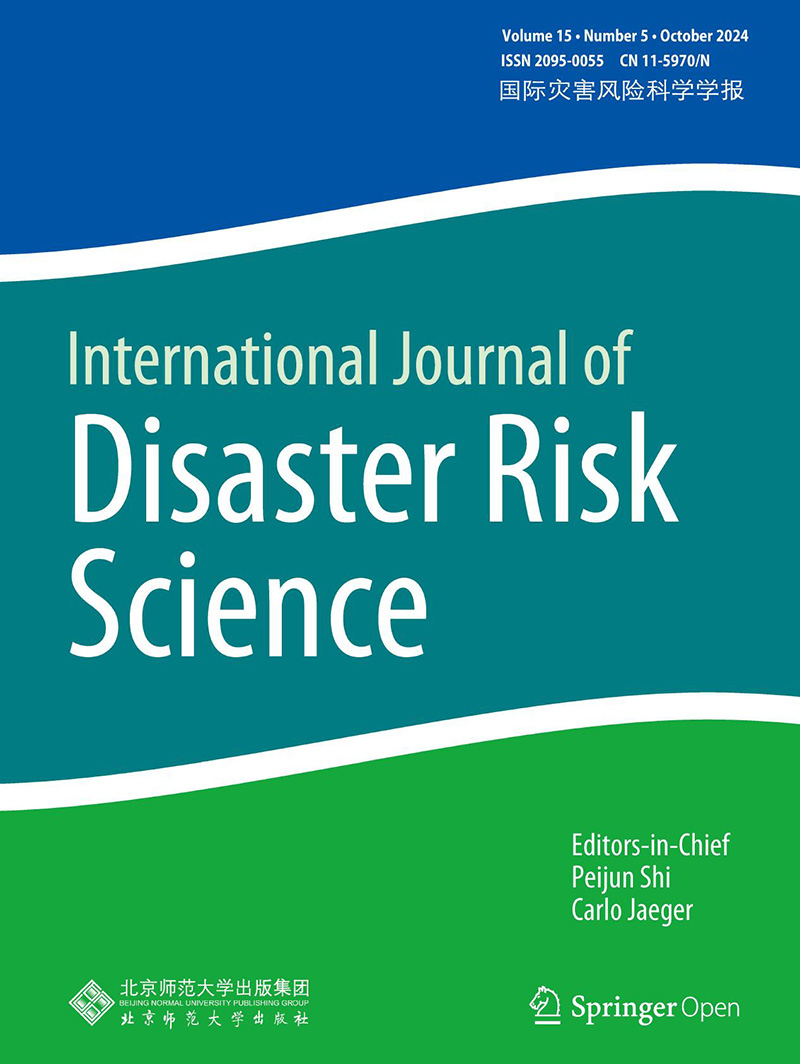Abstract:
Substantial reduction in both mortality from and the number of people affected by natural hazards by 2030 are two principal targets that can be measured to assess global progress toward meeting the goals of the Sendai Framework for Disaster Risk Reduction 2015–2030 (SFDRR). Based on existing research of expected annual multi-hazard intensity (Mh) of 11 hazards at the 0.5°×0.5° grid scale in the World Atlas of Natural Disaster Risk, including earthquake, volcanic eruption, landslide, flood, storm surge, tropical cyclone, sand and dust storm, drought, heat wave, cold wave, and wildfire, a vulnerability model involving Mh and GDP per capita was developed to estimate the mortality level and scale of affected populations in 2005–2015 and 2020–2030. Global mortality and affected population risks were then mapped at the 0.5°×0.5° grid scale and the mortality and affected population rates were ranked at the national scale. The results show that most countries can achieve the target of reducing the mortality and affected population rates. Countries with increasing rates such as Bangladesh and Madagascar, where the coping capacity for natural hazard risks cannot keep pace with the increase of Mh and the growth of exposure, should be the “hotspots” of concern in global disaster risk reduction. The method proposed to quantitatively calculate the mortality and affected population risks can provide scientific and technical support for assessing global and national/regional progress in achieving the outcome and goal of the SFDRR.



